20 February 2025
Ever wondered why some video games leave you completely immersed, almost as if you’re walking inside a living, breathing universe, while others fizzle out and feel flat? What's the secret sauce that makes certain games unforgettable? Well, a big part of the magic lies in art direction. It's the beating heart and creative soul behind a game's visual identity. Think of it as the director of a movie, but for all things visual in a game world. Art direction isn’t just about good-looking graphics; it’s about crafting an experience that sticks with you long after you’ve put the controller down.
In this article, we’re going to dive headfirst into the role of art direction in creating memorable game worlds. Why does it matter? How does it shape the player’s experience? And what are some iconic examples of art direction done right? Grab your favorite gaming snack and let’s break it down.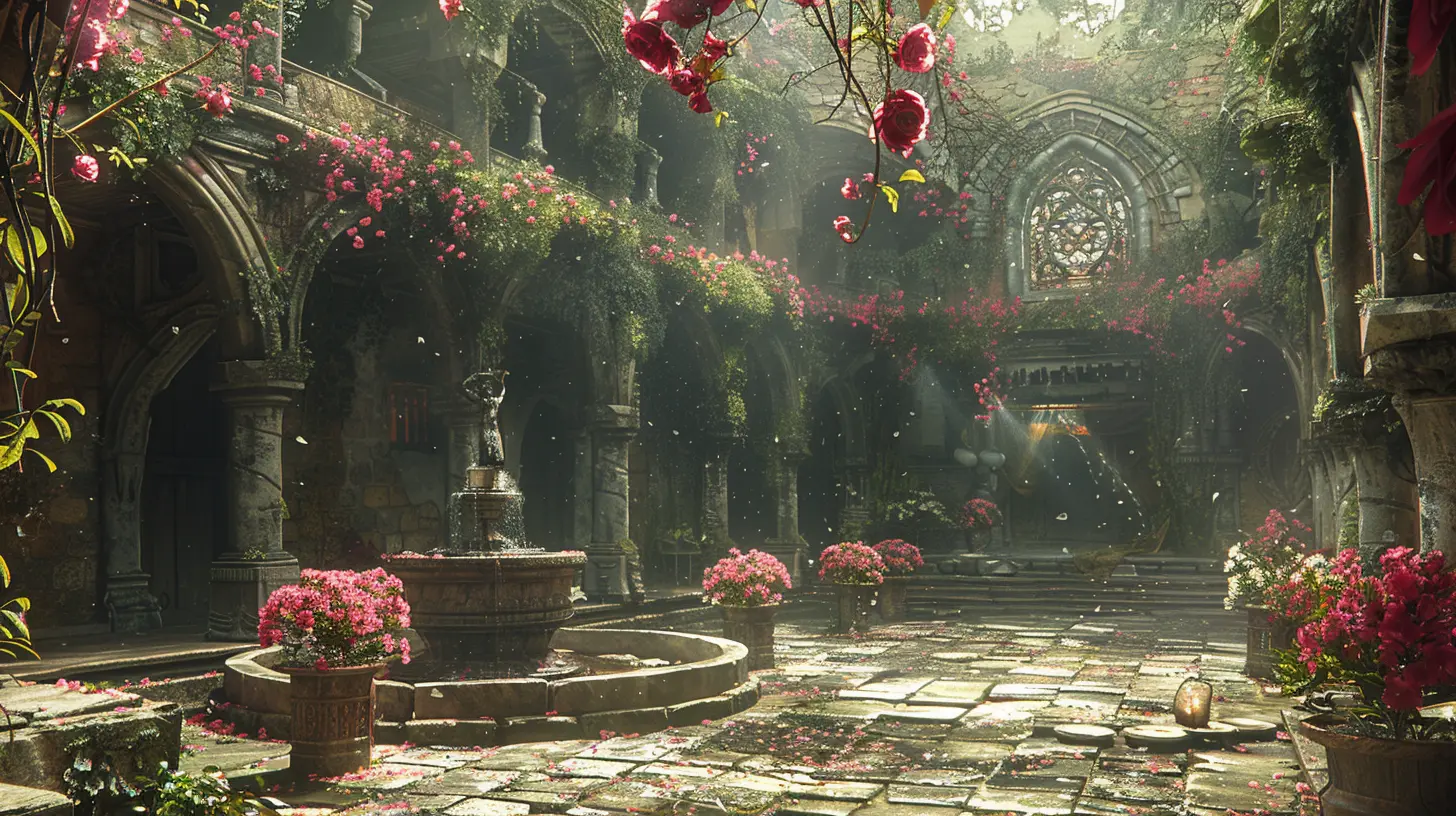
What Exactly Is Art Direction in Games?
Before we go too far, let’s clear the air: what does “art direction” even mean in the context of video games? In simple terms, art direction refers to the visual style and design choices made to bring a game world to life. This includes everything from the overall aesthetic (is it realistic? cartoony? surreal?) to the tiniest details like the texture of a stone wall or the way shadows dance across a room.Art direction isn’t just about making things look "pretty." It’s about making sure every visual element serves a purpose. It works hand-in-hand with storytelling, music, gameplay, and even level design to create a cohesive and engaging world. Think of it like this: if game developers are a band, the art director is the conductor making sure all the instruments are playing in harmony.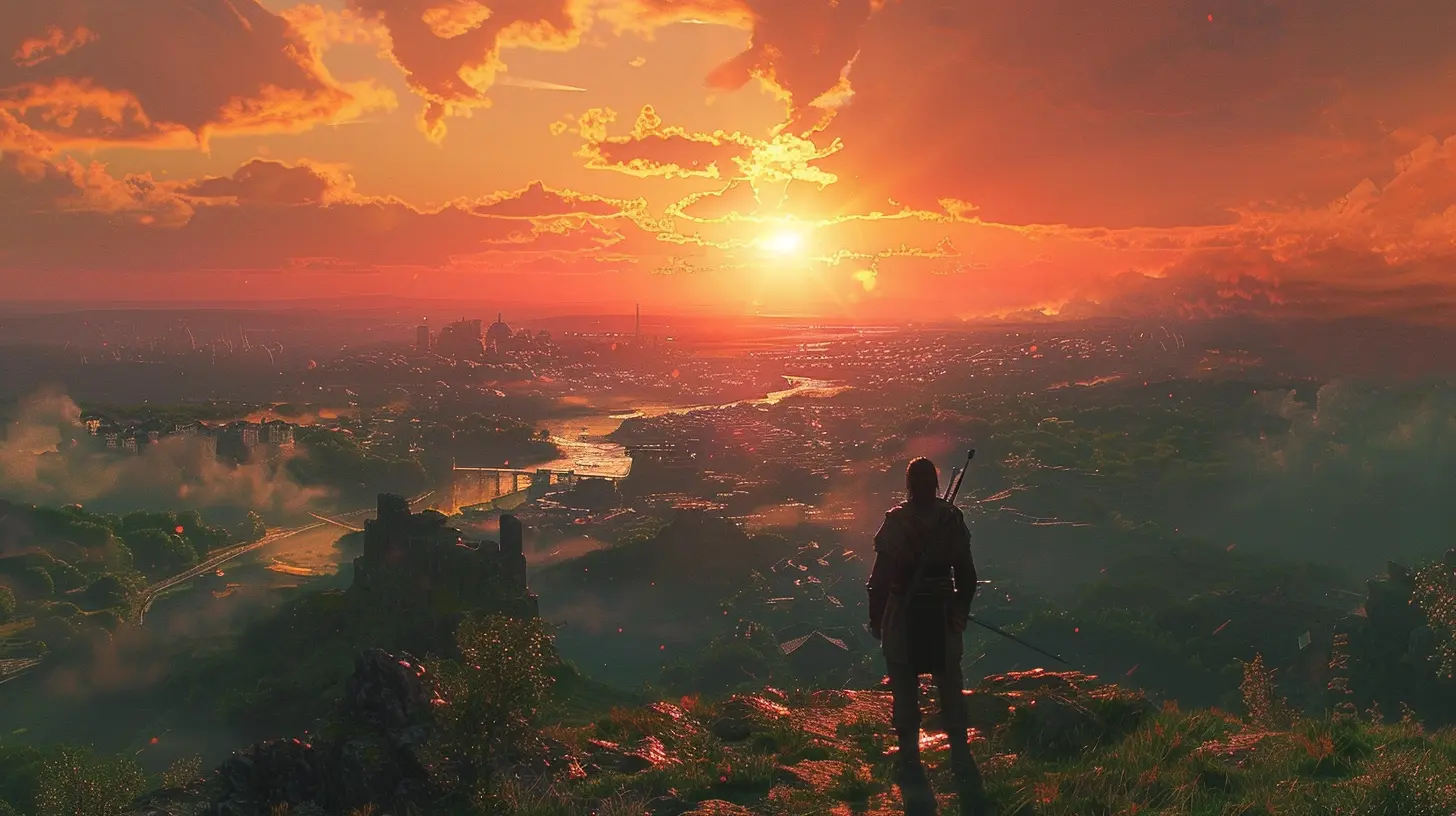
Why Is Art Direction So Important?
1. Setting the Mood and Atmosphere
Want to feel like you're wandering through a haunted dystopia? Or maybe you're exploring a whimsical fairy tale forest? Art direction sets the tone. It wraps the player in an emotional blanket and says, “This is what this world feels like.”Take Dark Souls, for example. The game's oppressive and foreboding art direction makes you feel the weight of the world pressing down on you. On the flip side, you have games like The Legend of Zelda: Breath of the Wild, where the vibrant and airy art direction invites you to explore and dream. See the difference?
2. Building Immersive Worlds
A strong art direction makes a game world feel alive. It’s not just about how things look, but about how they make you feel. The rust on a sword or the wear-and-tear on an old wooden door can tell you stories without a single word being spoken. It gives depth and believability to the experience, pulling players deeper into the world.Remember The Witcher 3? The way the fields sway as the wind blows through them or the way the cities feel bustling and lived-in? That’s art direction at its finest. It’s like stepping into a world that feels as rich and real as our own.
3. Guiding the Player’s Attention
Art direction isn’t just about aesthetics; it’s also functional. It subtly directs the player’s focus to where it needs to go. For instance, a bright light at the end of a dark hallway often signals a path forward. Or think about color coding: in many games, red might indicate danger or enemies, while green might suggest safety.Take Portal, for instance. The design of the game’s test chambers uses clean, minimalist aesthetics to ensure you’re not distracted from the puzzles. Plus, environmental cues like glowing platforms or highlighted switches gently guide you toward solutions. Genius, right?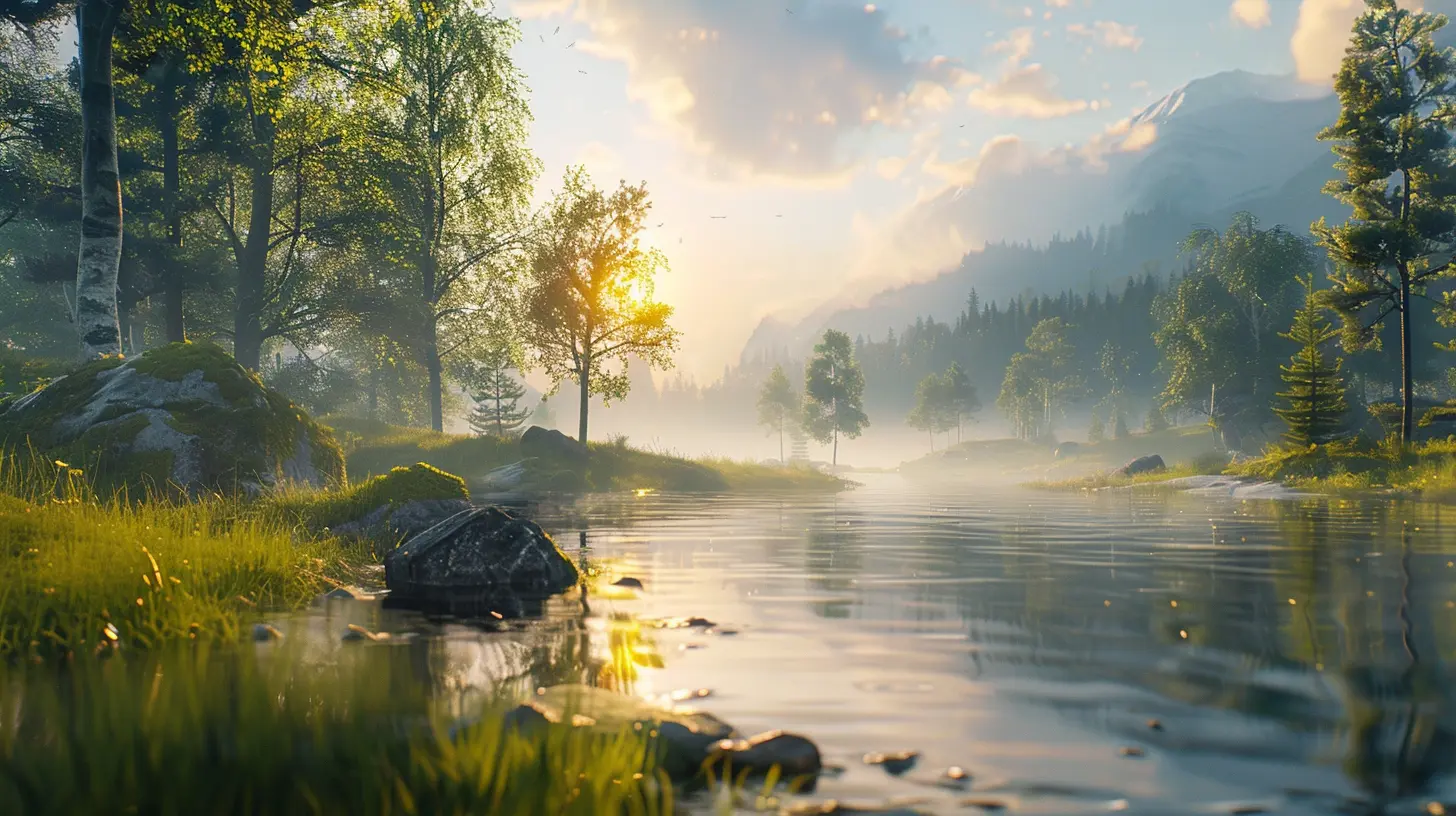
Elements of Art Direction That Shape Game Worlds
1. Color Palette
Color is more powerful than we often give it credit for. Different hues evoke different emotions, and art directors know this inside out. Warm colors like reds and oranges can suggest passion or danger, while cool blues and greens promote calmness or mystery.Look at Hollow Knight, for example. Its subdued, monochromatic palette sets a tone that’s melancholic yet enchanting, perfectly matching the game’s theme of exploring a decaying kingdom.
2. Lighting
Lighting can make or break the mood of a game. It’s like the silent storyteller in your favorite scenes. A dimly lit cave with flickering torches screams danger, while soft sunlight filtering through trees creates a sense of serenity.In Red Dead Redemption 2, dynamic lighting adds layers of realism and emotional context. Whether it’s the golden glow of a sunrise or the ominous shadows cast during a thunderstorm, lighting breathes life into the open world.
3. Textures and Details
It’s the tiny things you might not even notice that can make a game world unforgettable. The rough bark on a tree, the cracks in a wall, or the way water ripples when you step in it—these details add richness and immersion.A game like The Last of Us Part II excels here. It's not just the jaw-dropping visuals but the realistic textures—blood-stained floors, overgrown vegetation, and moss-covered ruins—that make the world feel tangible and lived-in.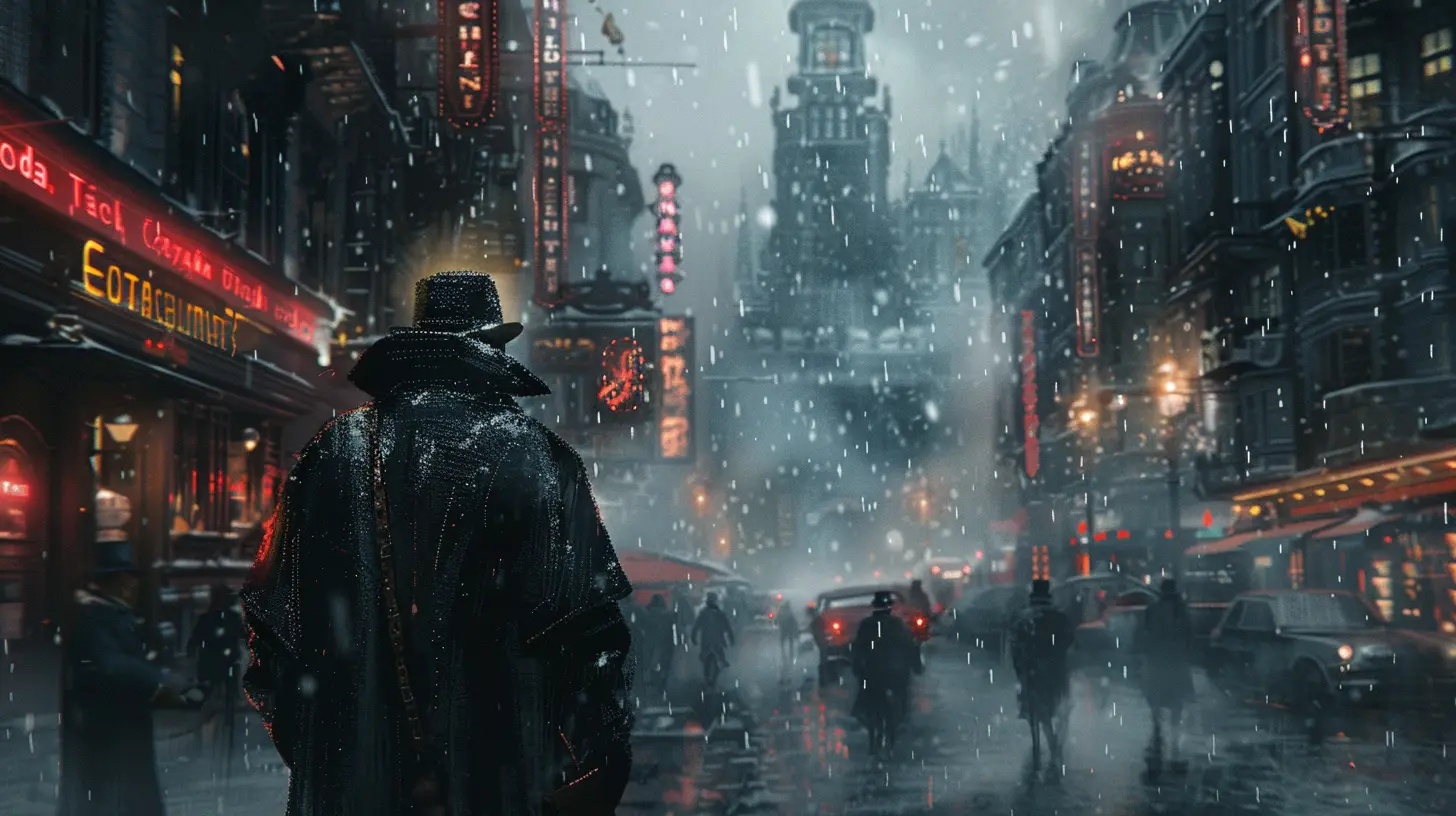
Iconic Examples of Art Direction in Games
1. Journey
If you’ve never played Journey, do yourself a favor and try it. This indie game is the poster child for how minimalistic but thoughtful art direction can create a deeply moving experience. Its dreamy landscapes and flowing sands are practically a visual poem.2. Cuphead
Looking for something on the opposite end of the spectrum? Cuphead is a masterclass in style. Its hand-drawn, 1930s cartoon-inspired art direction is so unique and quirky that the game feels like it popped out of a vintage TV screen.3. Bioshock
When we’re talking about unforgettable game worlds, how can we not mention Bioshock’s underwater city, Rapture? Its art direction blends Art Deco elegance with eerie decay, creating an unsettling yet mesmerizing environment.The Fine Line Between Art Direction and Graphics
Here’s a common misconception: good graphics = good art direction. Spoiler alert—this isn’t always true. While mind-blowing 4K visuals can enhance a game, they don’t automatically make it memorable. Art direction is more about the “how” than the “what.” It's about creating a cohesive vision that sticks in your mind, rather than just showing off technical prowess.For instance, Minecraft isn’t winning any awards for hyper-realistic graphics, but its deliberate blocky aesthetic feels iconic. Its simplicity allows players to project their creativity into the world, making it one of the most memorable gaming experiences out there.

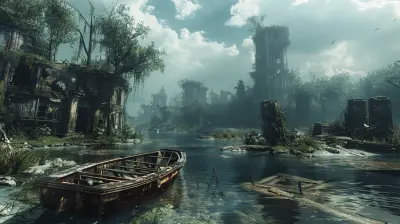
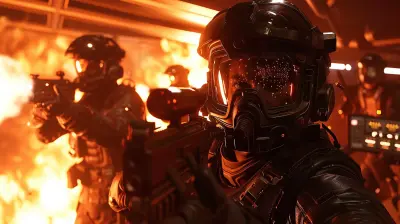
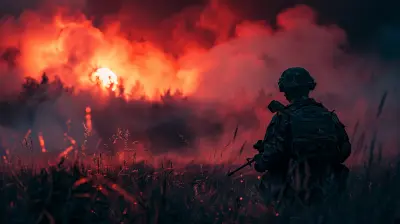
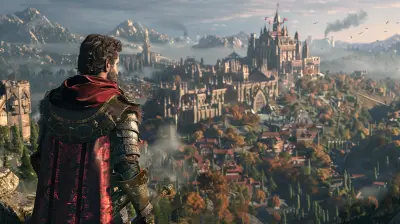

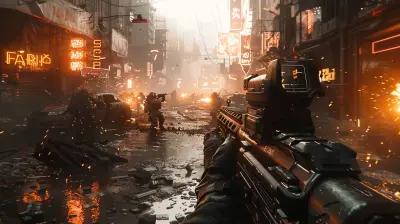
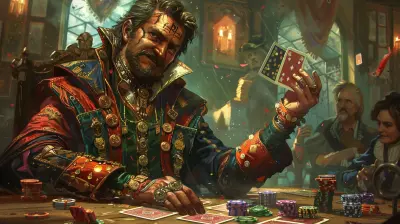
Sadie McAllister
Art direction shapes immersion, enhancing emotional player connections.
March 15, 2025 at 4:48 PM